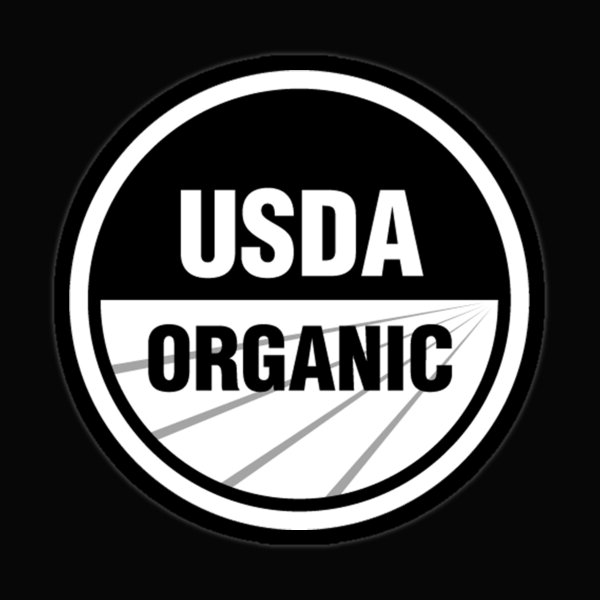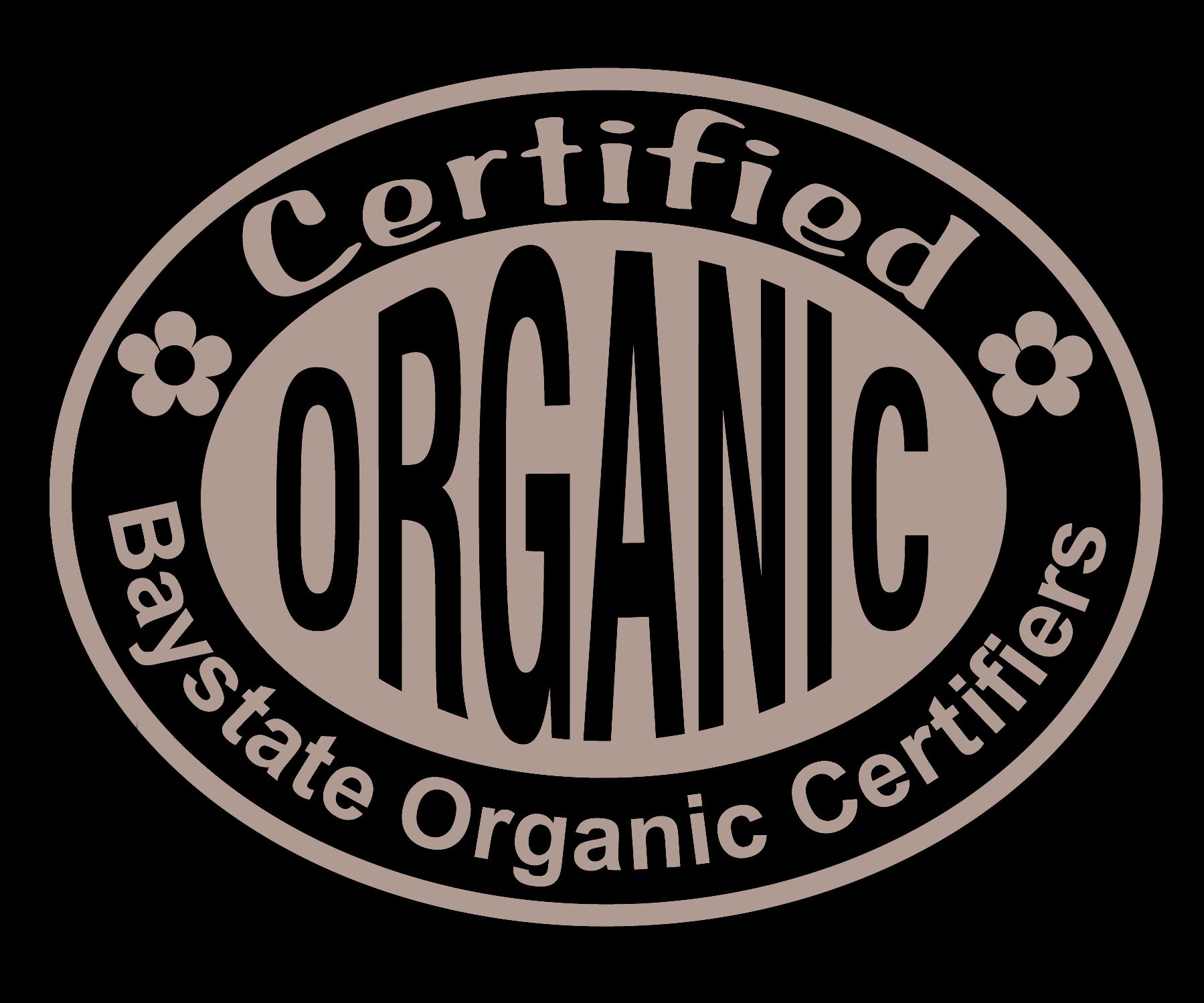As Caitlin alluded to earlier this year, the FRFarmers have their hands in many aspects of our regional food system outside of just the Four Root Farm fields. For the last 10 years, Aaron has been building and renovating greenhouses and high tunnels. It started as a winter side-hustle but has now grown into an industry-changing business, CT Greenhouse. He and his business partner Toby spent the past week constructing two new high tunnels on the farm, and it felt like an excellent time to spotlight their important work.
The construction process begins.
What are greenhouses and high tunnels? Structurally, greenhouses and high tunnels are the same. They are metal frames covered in a clear plastic, which allows sunlight to pass through. We typically refer to the structure as a greenhouse when plants are grown in containers within it. We refer to the structure as a high tunnel when crops are planted directly into the ground within it. At Four Root Farm, we start most of our crops in seedling trays in a greenhouse. Then, we transplant the seedlings into the ground out in the field or in a high tunnel.
So, why are these structures important in a changing climate? First, let’s take a local view. We have been experiencing increasingly intense storms and winds. Heavy rainfall, hail, and strong gusts can all damage sensitive crops like tomatoes, eggplants, and peppers. By growing these crops in a high tunnel we can protect them from acute damage.
Next, let’s take a broader, systemic view. Much of the produce in grocery stores here in Connecticut has been shipped from California and Central or South America. As heat waves and droughts become more prolonged in these areas, we don’t know how crop yields will be impacted. Greenhouses and high tunnels help growers to practice season extension, growing more food in the shoulder seasons and even through the winter. Even without heating a high tunnel, the soil conditions inside are warmer earlier in the spring and stay warmer later into the winter. This allows growers to plant crops sooner and continue to produce food well after the first frosts. By increasing food production in areas that experience cold winters, the use of high tunnels can reduce dependency on shipping food from elsewhere.
Ok, back to CT Greenhouse. What’s so special about their business? Aaron and Toby both started their work in our food system as farmers in Connecticut. After another greenhouse company closed its operations, they began helping farmers in the area build and renovate their greenhouses and tunnels. They used this experience to design a better structure. Their products use high-quality, durable materials that can stand up to the worsening storms and weather. They’ve designed their kits for easy construction so that farmers spend less time building and more time growing food. They’ve also innovated new ways to deliver kits directly to the building site, eliminating hours of work unloading a delivery truck for farmers.
By making greenhouses and tunnels easier for growers to access and install, Aaron and Toby are providing farmers the tools to continue growing and to be adaptable in the face of climatic challenges. This, in turn, should create a more stable and resilient food system for all of us.
-Kiersten
One down, one to go!







